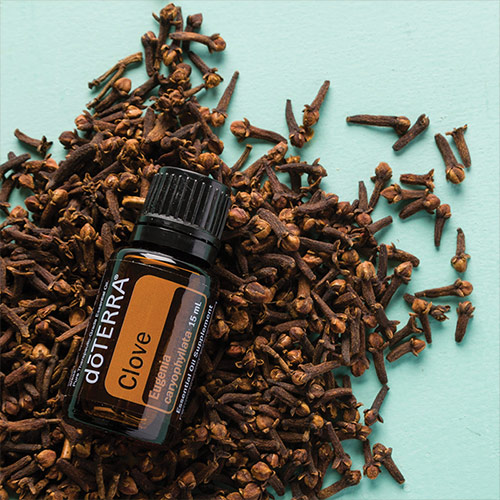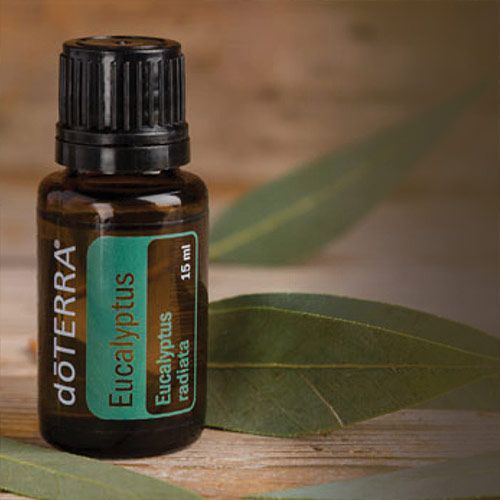Spring is finally here and I'm getting excited for some lighter seasonal foods. This is…

The ticks are supposed to be bad this year.
But hey, even one tick is bad. Pennsylvania has a huge tick concentration. I’m not over the PA line for an hour and I’ll find a tick on me. Lyme disease (pictured), Rocky Mountain Spotted Fever, and other nasty stuff are transmitted by these little bastards and there’s nothing we can do about it. Or is there..?
I’ve been doing a ton of research lately about making an insect repellent for my camp that isn’t full of toxic shit for humans or the environment. If I’m going to be staying up there for any extended period of time, I need to get rid of the bugs.
Last year I was in bed reading one night and I had already taken out my contacts. I can’t see for shit. I’m way near sighted. I can only see blurs of things. I see this little black fuzzy dot crawling across the blanket. I get close. It’s a spider. He was tiny, but still… F that. I dig spiders – don’t get me wrong. They eat all the other bugs. But I don’t need them in my bed.
Natural insect repellent options.
When scientists collect ticks for research they will lay out a big plastic tarp and put a block of dry ice on it. As the dry ice evaporates, it releases carbon dioxide. This is something ticks look for, as it implies a host. Mammals breathe out carbon dioxide so they think there is a warm body nearby. When the scientists come back to collect their samples the ice will be gone and a massive amount of ticks will be on the tarp.
I actually considered doing this in an effort to affect a tick genocide in our whole camp ground, but then I realized I’d have a massive amount of ticks to deal with. Burn’em, I guess? But before I go all Bill Nye, redneck style on everyone I figured I’d turn to my essential oils first and see what could be done there.
I started looking into this last year after we closed camp for the winter. I found some great information, recipes, etc. Here’s what I came up with:
Arborvitae
Arborvitae contains hinokitiol, a tropolone. This compound gives arborvitae its natural insect repellent properties.
Cedarwood
Cedar oil is very toxic to insects. This is why we tend to use cedar for clothing storage. From my research (thus far) cedar seems to be the most lethal natural substance for ticks, gnats, flies, and others.
Cinnamon
Cinnamon naturally repels insects. It is said with ants cinnamon acts as a pheromone disruptor which messes up their navigation system.
Clove
Clove oil contains eugenol, the compound that is toxic to most insects. It was found to fend off and/or kill human scabies, termites, mosquitos, roaches, and a host of other bugs.
Eucalyptus
Components in eucalyptus oil (p-menthane-3, 8-diol and eucamol) are as effective as DEET, and in some cases more effective. Eucalyptus confuses mosquitoes’ sense of direction and taste. It also works as an antiseptic after a bug bite.
Geranium
Geranium secretes citronella from its leaves and insects do not like this. They are great to plant amongst your garden to keep bugs from eating your veggies.
Lavender
Insects don’t like the smell of lavender. It’s most effective as a repellent when applied to your skin.
Lemon
Most insects do not like citrus. Lemon is a perfect ingredient for an insect repellent because it also smells clean and fresh.
Lemongrass
Lemongrass is another plant in the citronella family. Bugs no likey.
Melaleuca
Melaleuca is like napalm to insects, as it dissolves the exoskeleton and causes suffocation. Melaleuca is toxic to cats and dogs (more so to cats). Always apply essential oils to pets heavily diluted and topically only, not 100% straight oil and never ingested. In fact, I would say never apply essential oils to cats unless you have done a ton of research.
Patchouli
Patchouli is great for fleas, bed bugs, mosquitos, and other insects. I can see why bugs don’t like it. Bleh.
Peppermint
Peppermint is one of my favorite oils. The smell is so invigorating. However, all species of mint are repulsive to insects. This is a hot oil and should be diluted with a carrier oil like coconut to avoid skin sensitivity.
Rosemary
Insects don’t like the scent of the essential oil in rosemary. Place these plants around your porch and garden to keep bugs away.
Thyme
Anopheles gambiae is the toxic ingredient in thyme that mosquitoes cannot withstand. Use thyme with caution, as it is a hot oil and can irritate human skin. Always dilute with another carrier like coconut oil.
TerraShield
TerraShield is doTERRA’s insect repellent blend. It contains many of the good oils mentioned here, as well as some others like ylang ylang, catnip, and nootka wood.
The right oil for the right bug.
As you can see below, insect species are repelled by different oils. If you know you have a heavy concentration of a particular species, then go heavy on those oils when making your mixture:
Mosquitoes:
Arborvitae, Cedarwood, Cinnamon, Clove, Eucalyptus, Geranium, Lavender, Lemon, Lemongrass, Peppermint, Rosemary, Thyme
Flies or Gnats:
Cedarwood, Eucalyptus, Geranium, Melaleuca, Patchouli, Peppermint, Rosemary
Ticks:
Cedarwood, Clove, Geranium, Melaleuca, Peppermint, Thyme
Notice that cedarwood, geranium, and peppermint apply to all three groups. These are three essential oils that you definitely want in your mixture.
Mix 6-10 drops of each oil you choose into two ounces of distilled water and two ounces of white vinegar in a spray bottle and shake well. If you’re spraying the yard you will want to mix up a bigger batch.
I plan to whip up a mixture with these essential oils and spray the camp property down, concentrating on the edge of the yard where the vegetation gets thicker. Ticks like to hang out here.
If you are making this to just spray on the yard, you don’t need to worry about the smell. If you’re making it to use as a topical repellent you may want to consider the oils used and the amounts in order to avoid ending up with a scent you don’t like. You definitely want to use the oils you need to, but you also can’t make yourself like a scent.
I made a little roll-on bottle of repellent the other day to take kayaking. I used cedarwood, peppermint, arborvitae, lemon, and lavender. I’m not real fond of arborvitae or cedarwood as a scent to wear. I used the peppermint and lavender to cover those scents. I topped it off with a bit of vitamin e oil and shook it up. It smelled really nice.
Another really great thing about using the essential oils is that insects don’t build up a resistance to them. They will always keep the bugs away.
Additional insect deterrents.
Diatomaceous Earth is also something I’ll be using. It is the fossilized remains of marine phytoplankton which is ground up to the consistency of flour. It is used in flour and other foods as an anti-caking agent. When viewed microscopically it has very sharp, jagged edges. When it comes in contact with an insect that has a soft exoskeleton it puts abrasions on their bodies, causing them to basically dehydrate. Be sure to get food grade, not pool grade. It can be applied at the beginning of spring and can be reapplied as needed.
The first time I used Diatomaceous Earth I figured it wouldn’t work. I sprinkled it over the yard at camp and then went inside to wash my hands. My hands felt like they had tiny cuts all over them. Shit is no joke. That trip we didn’t see very many ants or other bugs scurrying across the patio like you normally do.
Something else to consider is getting cedar chips for landscaping. I plan to do this around my camp as an extra barrier. I may come up with some additional stuff to zap these guys, but that’s it for now. 🙂





















Comments (0)